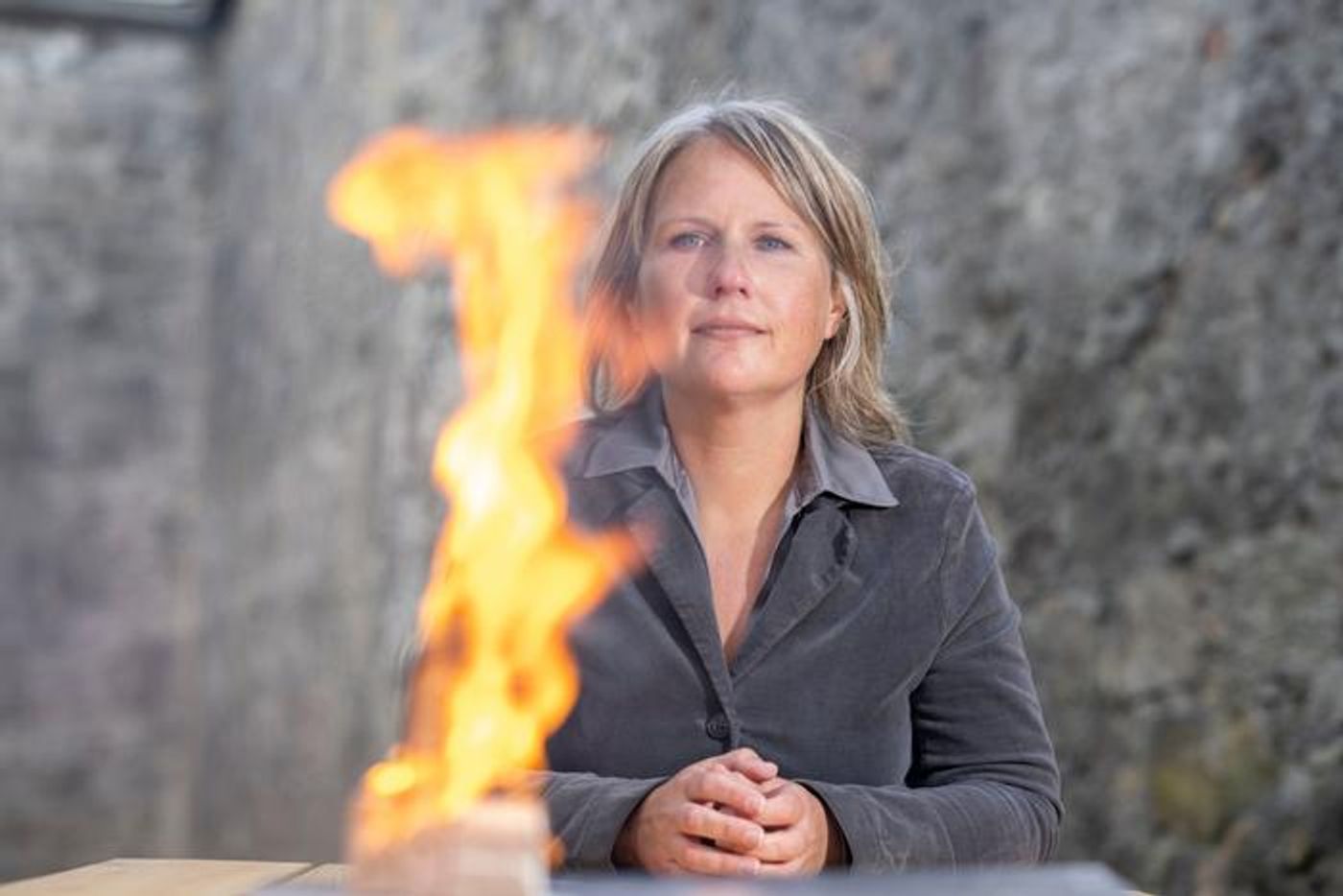Black Carbon Emissions from Firelighters: A Major Contributor to Air Pollution
A recent study published in npj Climate and Atmospheric Science – Nature examines how firelighters, which are small solid fuel tablets used for fire making, are significantly contributing to air pollution due to their strong emissions of black carbon, also called soot. This study was led by the University of Galway in the Republic of Ireland and holds the potential to help scientists better understand black carbon’s impact on climate change and how the development of climate-friendly heating technologies can help mitigate these impacts.
“Black carbon is one of the main pollutants that affect air quality, acting as a climate forcer or driver, second only to carbon dioxide,” said Dr. Jurgita Ovadnevaite, who is a professor and deputy director of the Ryan Institute Centre for Climate and Air Pollution Studies at the University of Galway, and a co-author on the study. “While the effect was revealed in Ireland, the impact of it is relevant to other European countries, the UK, and worldwide, especially now with a rebound in the use of solid fuel stoves due to the energy crisis.”
Dr. Jurgita Ovadnevaite, who is a professor and deputy director of the Ryan Institute Centre for Climate and Air Pollution Studies at the University of Galway, imaged with a firelighter that was the emphasis for this recent study on how it produces black carbon, a key contributor to air pollution. (Credit: Andrew Downes/Xposure)
For the study, the researchers analyzed and quantified the impacts of black carbon produced by firelighters on air pollution in south Dublin from 2016 and onward while estimating that approximately 70 million heating appliances, including open fires and wood burning stoves, are being used throughout Europe on a continuing basis. They also calculate the emissions caused by such appliances account for “extraordinarily high submicron particulate matter (PM)”, as noted in the study.
The study’s findings indicate that while Dublin has been allegedly dubbed a clean European city in the past, the average levels of black carbon around Dublin in 2016 were on par with similar numbers in Beijing, which is known for being one of the most polluted cities in the world. The researchers also found that firelighters were responsible for reducing the amount of pollutant dispersion due to the number of pollutants they produce, and the team named black carbon as the culprit.
“This study demonstrates how critical it is to augment regulatory air quality networks with sophisticated instrumentation that can provide information on air pollution sources and can identify the main air pollution culprits and reveal their effects on both air quality and climate,” said Dr. Chunshui Lin, a research scientist who conducted the research while at the University of Galway and is lead author of the study.
This study was funded by the Environmental Protection Agency and the Department of Environment, Climate, and Communications, with the goal of emphasizing the importance of improving climate change legislation across Ireland.
What new discoveries will scientists make about the connection between black carbon and climate change in the coming years and decades? Only time will tell, and this is why we science!
As always, keep doing science & keep looking up!
Sources: npj Climate and Atmospheric Science – Nature, Wikipedia, EurekAlert!, University of Galway, Bloomberg









